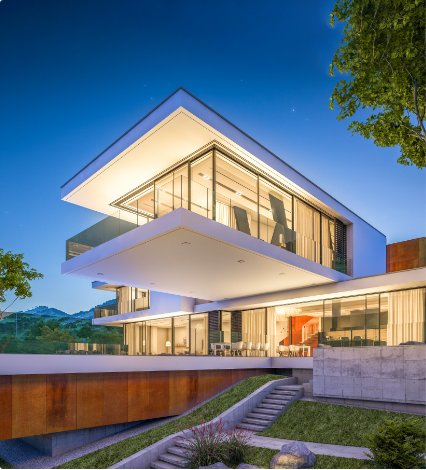Berlin is one of Germany’s most loved tourist destinations thanks to its lively nightlife, rich culture, and fascinating history. It’s home to a huge range of historical attractions, museums, and art galleries and boasts some of Europe’s best theatres, bars, and clubs.
The majority of Berlin’s top tourist attractions are at its heart, but areas away from the bustling city center can offer a taste of local life. In this guide, we take a look at Berlin’s key neighborhoods and highlight the best areas for tourists to stay in, with the aim of helping you decide which part of the city to call home on your next visit.
Mitte for First-Time Visitors
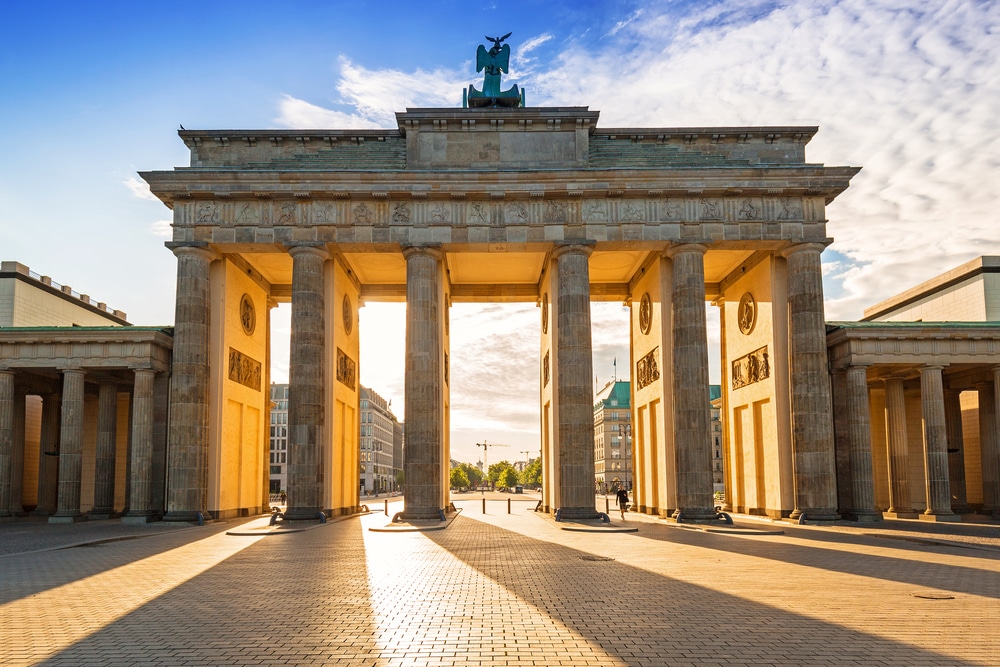
Highlights: Brandenburg Gate, Reichstag Building, Holocaust Memorial
Mitte means “middle” in German, and Mitte in Berlin is the most central portion of the city. Many of the main attractions are in this neighborhood, so if you’re visiting Berlin primarily for sightseeing, it makes sense to stay in Mitte. The area is highly walkable, and public transport links are good for venturing further afield.
The neighborhood, which was part of former East Berlin, was once highly affordable when the Berlin Wall first came down. Cheap property drew artists and musicians looking for cheap studio space, and since then, Mitte has developed a cool yet unpretentious creative scene.
There are hundreds of hotels and hostels in Mitte with options to suit all budgets. Motel One is a popular mid-range hotel with stylish, modern rooms. For something a little more unique, try Circus Hostel, a chic boutique hotel with an eclectic mix of rooms.
Alexanderplatz for Iconic City Views
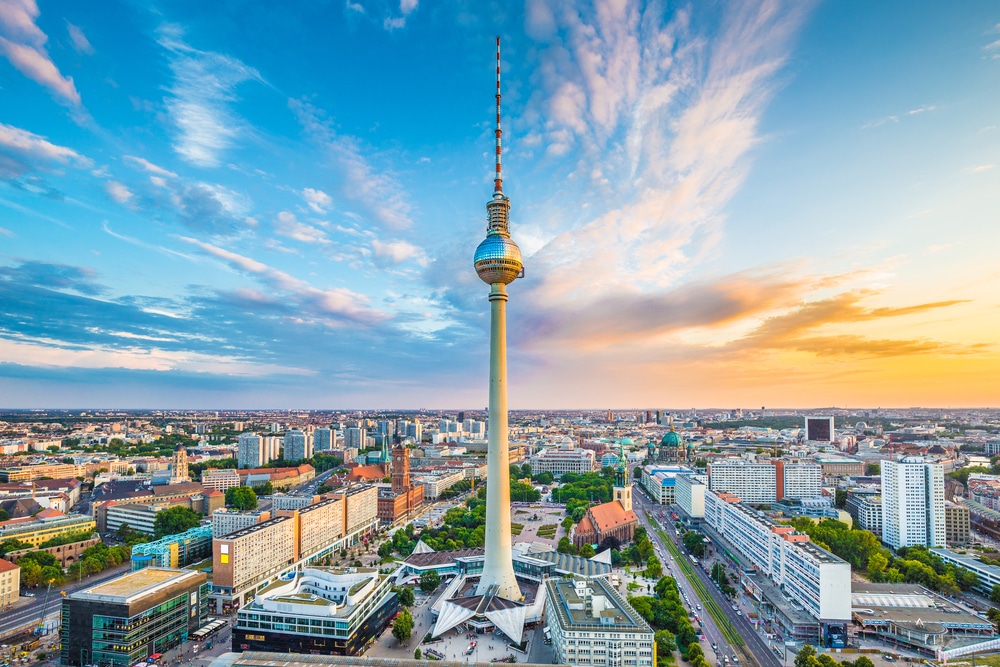
Highlights: TV Tower, World Clock, Rotes Rathaus, Neptune Fountain, Marx-Engels-Forum, DDR Museum, SEA LIFE Berlin
Alexanderplatz once formed part of the medieval heart of Berlin, and it was a cultural hub during the early 1900s until it was destroyed in World War II. East Germany rebuilt it in its typical Communist style when the square was considered the very center of East Berlin.
Today, Alexanderplatz is one of the busiest Berlin neighborhoods and is renowned for its iconic retrofuturistic World Clock (Weltzeituhr) and 1,200-foot tall TV Tower (Fernsehturm). Alexanderplatz is just one small part of Mitte, but it’s packed with sights and shops and close to other popular parts of Berlin’s city center, such as Museum Island.
There’s a cluster of good hotels surrounding Alexanderplatz, some of which offer impressive views of the square. Park Inn by Raddison is one of the best hotels in Mitte East. Cheaper options are also available if you’re traveling on a budget.
Museum Island for History-Lovers
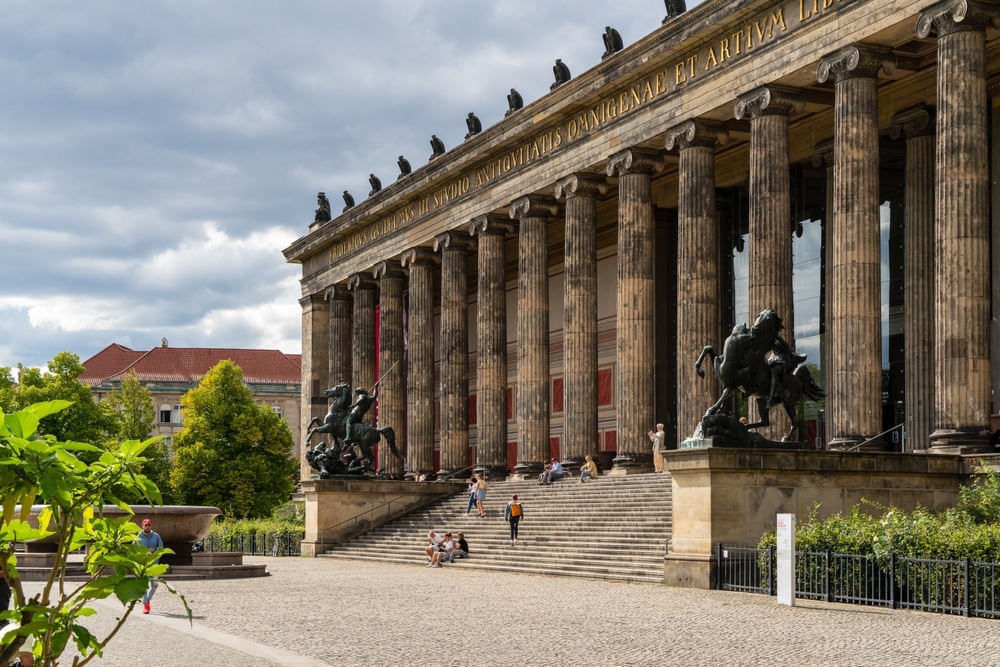
Highlights: Altes Museum, Alte Nationalgalerie, Bode Museum, Neues Museum, Pergamonmuseum, Berlin Cathedral, Humboldt Forum
Museum Island (Museuminsel) is home to some of Berlin’s best-known museums, which boast artifacts and artworks from all over the world. The Altes Museum focuses on Greeks, Etruscans, and Romans, while the Neues Museum centers around ancient Egyptians and the prehistoric era.
The Bode Museum exhibits coins, sculptures, and medals from throughout history and has an excellent collection of Byzantine Art. The Pergamonmuseum features impressive Roman and Islamic architectural pieces, and the Alte Nationalgalerie has a variety of 19th-century art.
In addition to its impressive array of museums, Museum Island also has a charming historic atmosphere that makes it a lovely area to walk around. It was here that the original village of Cölln was founded in the 12th century, which in 1710 merged with Altberlin on the Spree’s west bank to form the Berlin we know today.
There are just two hotels on Museuminsel — Capri by Fraser and Novotel Berlin Mitte. It makes sense to stay on the island if you’ll be spending most of your time at the museums and want to be within easy walking distance. A great benefit is that it’s very quiet at night, although this might be a con for those who want to appreciate Berlin’s nightlife.
Kreuzberg for Hip Atmosphere
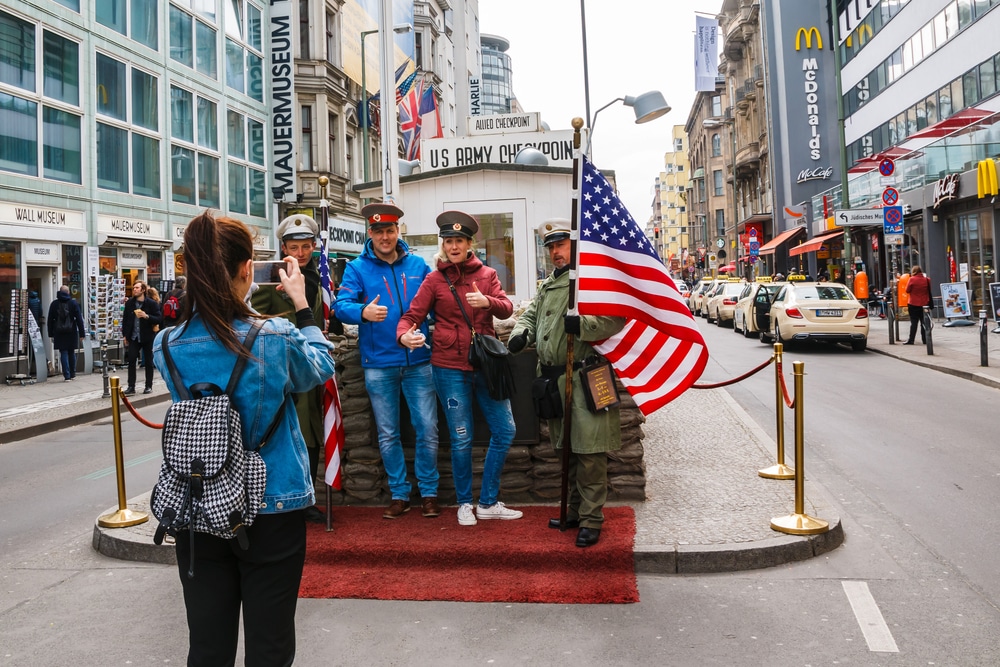
Highlights: Checkpoint Charlie, Jewish Museum Berlin, Topography of Terror, Markthalle Neun, Landwehr Canal, Görlitzer Park, Böckler Park, Gleisdreieck
Kreuzberg lies south of Mitte and is known as a highly creative and multicultural neighborhood with a thriving music scene. David Bowie lived in Kreuzberg for a time, telling you everything you need to know! The area is a hub for hipsters, and it’s home to many quintessentially Berlin bars and clubs with dark, eccentric atmospheres. There’s also a large Turkish population in the district, which has brought a range of fantastic restaurants.
Landwehr Canal in Kreuzberg is one of Berlin’s most beautiful areas, where locals and tourists flock to soak up the sun over drinks in the summer. Görlitzer Park, Böckler Park, and Gleisdreieck are also popular green spaces.
Kreuzberg is a large area, and it’s split into two distinct neighborhoods. East Kreuzberg is considered the heart of alternative Berlin, and it’s where you’ll find cool street art, trendy coffee shops and pubs, and live music hotspots.
Accommodation here is limited to cheap hostels which appeal to budget travelers and backpackers. West Kreuzberg is more gentrified, and it has a quieter pace of life, although it still boasts plenty of quirky cafes and shops. There are several cool boutique hotels here, including Hotel the YARD and Lekkerurlaub.
Prenzlauer Berg for Families

Highlights: Kulturbrauerei, Zeiss Planetarium, Berlin Wall Memorial, Jewish Weissensee Cemetery, Schönhausen Palace, Soviet War Memorial, Mauerpark
Prenzlauer Berg was former East Berlin’s hub of counterculture following World War II, but in more recent years it has become gentrified and is now known for its fantastic restaurants, pubs, and beer gardens. There are many elegant old buildings and cobblestoned streets here, which creates a charming atmosphere. It’s a pleasure to wander around the area, particularly at the weekend when market stalls are set up in Helmholtzplatz and Kollwitzplatz, and the Mauerpark flea market is running.
There are some popular attractions in Prenzlauer Berg, including the Berlin Wall Memorial, where you can get an idea of what life was like for Berliners during the Cold War. There’s also easy access to the nearby districts of Mitte and Friedrichshain both on foot and via public transport.
Prenzlauer Berg is an attractive part of the city and relatively quiet at night which makes it a family-friendly area to stay in. Due to its upmarket nature, it’s hard to find budget hotels here, but there are great midrange options, such as Hotel Oderberger, a former swimming hall that boasts a dining room in a converted swimming pool.
Friedrichshain for Nightlife
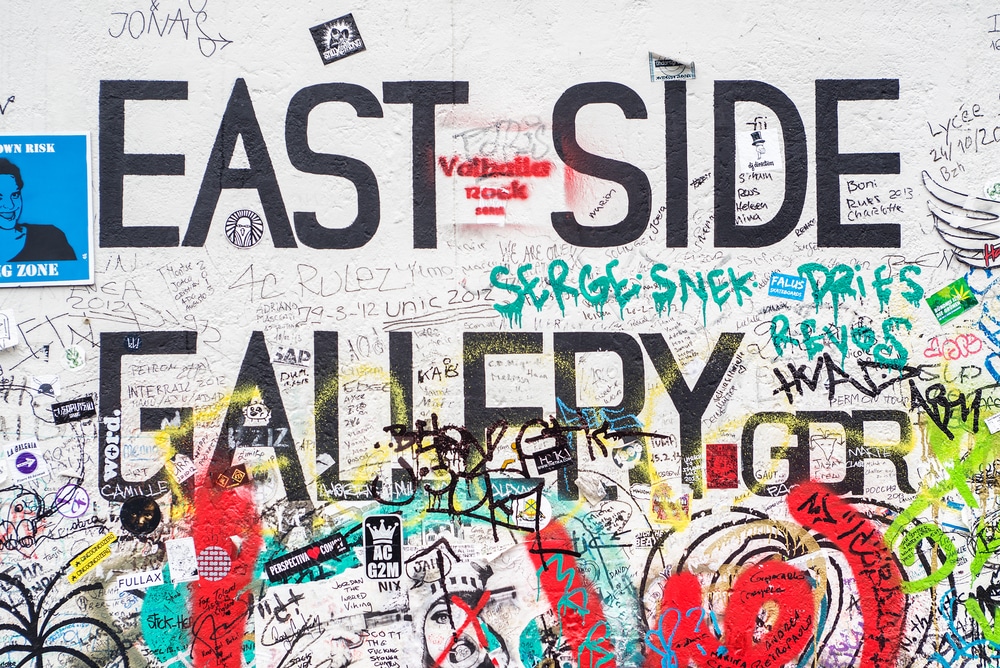
Highlights: East Side Gallery, Boxhagener Platz, Karl-Marx-Allee, Computer Games Museum
Friedrichshain lies on the north of the Spree and was an independent district until 2011 when it was united with Kreuzberg. It was once a working-class quarter, but gentrification has turned it into one of the most fashionable neighborhoods in Berlin. It’s particularly well-known for its nightclubs, especially around Boxhagener Platz.
There are lots of cool coffee shops, cafes, bars, and international restaurants in Friedrichshain. There’s also interesting architecture to take in, and it’s one of the best neighborhoods to see the remnants of the Berlin Wall. Be sure to check out the East Side Gallery, which is the location of the iconic street art that depicts Erich Honecker and Leonid Brezhnev kissing.
There’s a good mix of accommodations in Friedrichshain, with plenty of options for travelers on a budget. Backpacker Berlin is a well-priced hostel, and Moxy Hotel Berlin is a cool boutique hotel close to Ostbahnhof — a major train station.
Schöneberg for Peace and Quiet
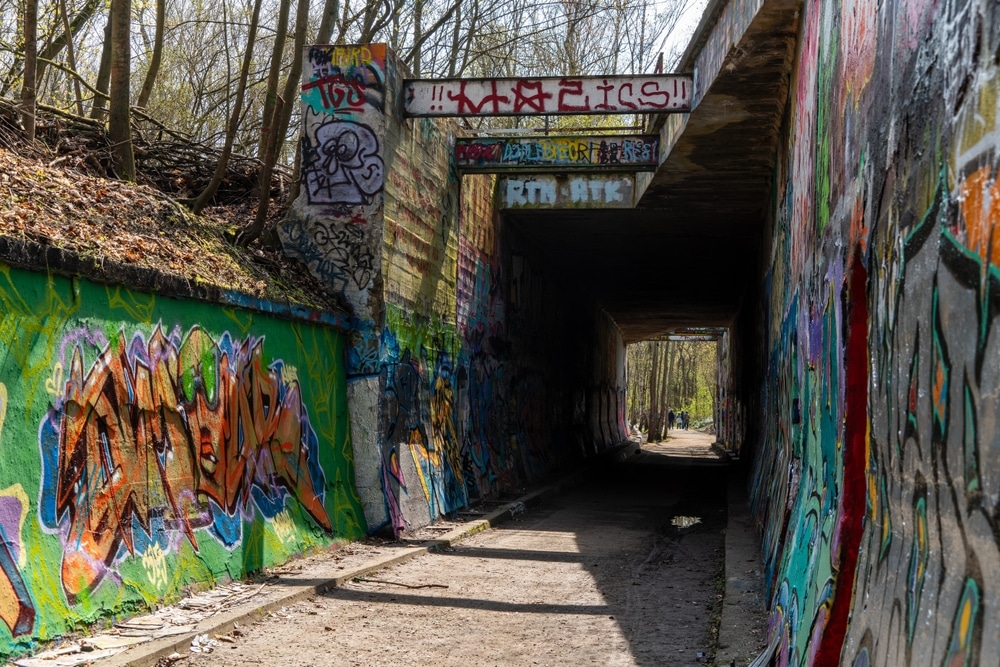
Highlights: Natur Park Südgelände, KaDeWe Department Store
Schöneberg is a beautiful part of the city with glamorous buildings, wide boulevards, and uplifting green spaces. It has a thriving LGBTQ+ community and is something of a cultural hub thanks to its hidden art galleries and live music venues. It’s also known for its popular Winterfeldplatz farmers market, which takes place every Saturday from 8 am.
In the 1980s, Schöneberg attracted a host of famous musicians to its bars, including David Bowie, Lou Reed, and Iggy Pop. Today, the area is much quieter, but you can enjoy a relaxed pace of nightlife at the bars here.
The best hotels in Schöneberg are at its northern end, and they’re conveniently located for exploring the central portion of the city. Hotel Sachsenhof and Lindemann’s are both popular, but the LGBT-friendly ArtHotel Connection is a chic boutique hotel for those looking for somewhere stylish to lay their heads.
Neukölln for Local Life
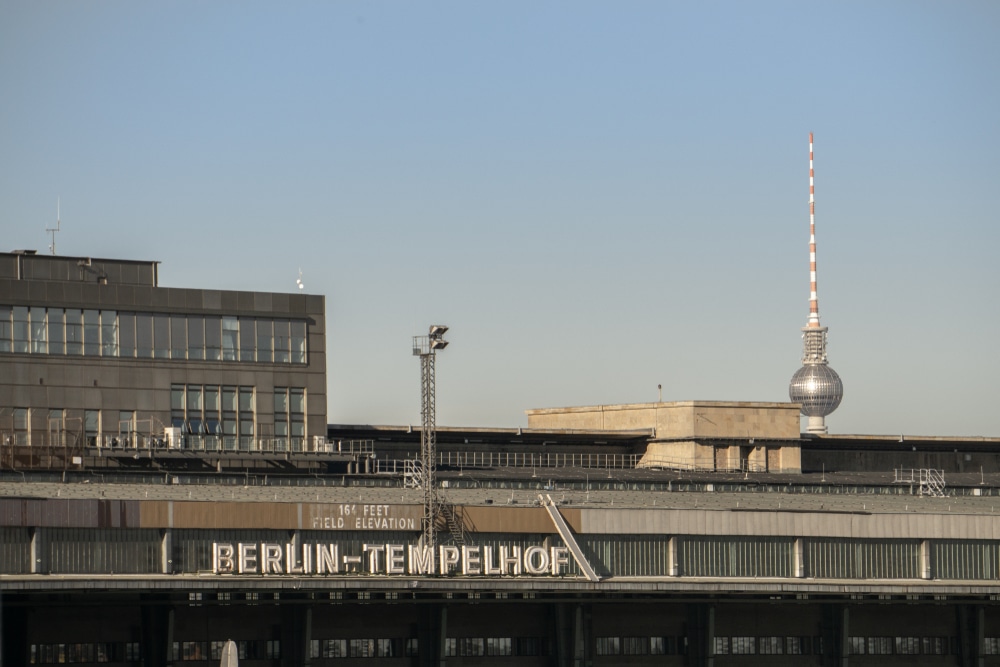
Highlights: Tempelhof, Schloss Britz, Hufeisensiedlung
Neukölln is a residential area known for its cool bars, galleries, cafes, shops, and eclectic restaurants. It has an edgy vibe, much like Kreuzberg, but since it’s out of the way of the city center, it doesn’t draw as many tourists. This makes it the perfect place to get a taste of authentic local life.
One of the biggest attractions near Neukölln is Tempelhof, a former airport that has since been converted into a huge park. At weekends, the park becomes packed with locals playing soccer, throwing frisbees, and kite surfing on the former runways.
There are very few hotels in Neukölln, which is a good thing if you’re keen to stay somewhere that’s well away from tourist hotspots. Be prepared to travel if you want to see the city’s main sights from here.
Charlottenburg-Wilmersdorf for Luxury
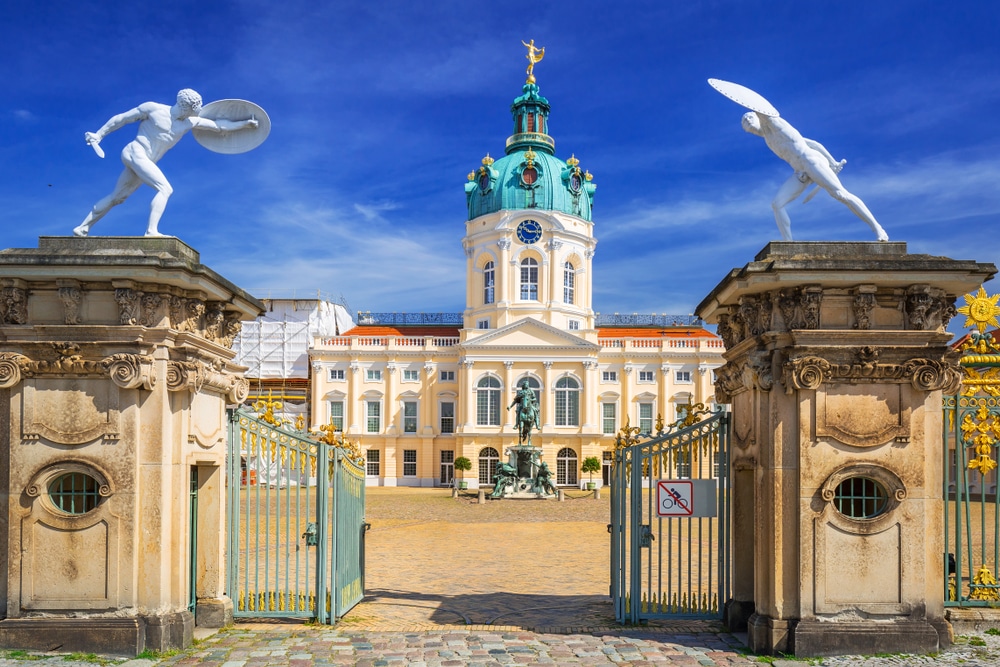
Highlights: Charlottenburg Palace, Brücke Museum, Kurfürstendamm, Grunewald Forest, Museum of Photography
In 2001, the districts of Charlottenburg and Wilfmersdorf were combined to create the district of Charlottenburg-Wilmersdorf. The avenue of Kurfürstendamm (known as Ku’damm) sits at the heart of the district, and this popular shopping street is Berlin’s answer to the Champs-Élysées of Paris.
Charlottenburg-Wilmersdorf is a sophisticated area with beautiful architecture and leafy boulevards. It has no shortage of fine restaurants and cocktail bars for refreshments after a hard day’s shopping.
There’s a modest selection of accommodation in Charlottenburg-Wilmersdorf, including some luxury hotels. You’re somewhat far from Berlin’s main attractions here and you can expect food and drink prices to be more expensive than elsewhere in the city.
Unter den Linden for Shopping
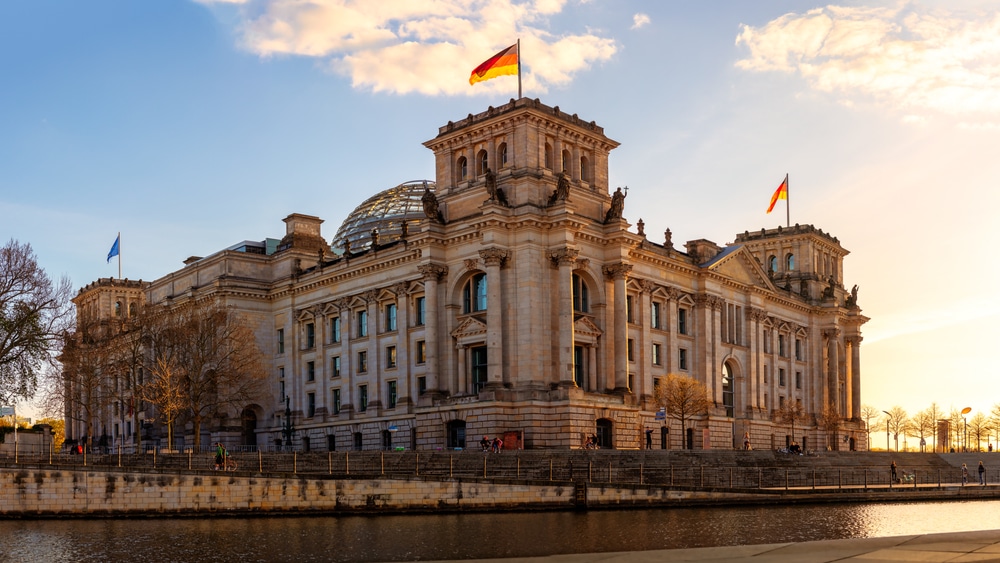
Highlights: Reichstag Building, Brandenburg Gate, German Historical Museum
Unter den Linden is a boulevard that connects the neighborhoods of Dorotheenstadt and Friedrichstadt, which were established as extensions of the old town in the 18th century.
During the Cold War, these areas were part of East Berlin. Today, Unter den Linden is considered a major shopping district, but it also serves as home to a range of government offices and ministries. Key landmarks include the iconic Brandenburg Gate, built in the 1790s, and the Reichstag Building which was constructed in the 19th century to seat German Parliament.
Unter den Linden is a great spot to stay in for easy access to the main sights, but be warned — it’s fairly expensive. There’s a blend of luxury and mid-range hotels here, such as Adlon Kempinski, Hotel Luc, and Westin Grand.
Potsdamer Platz
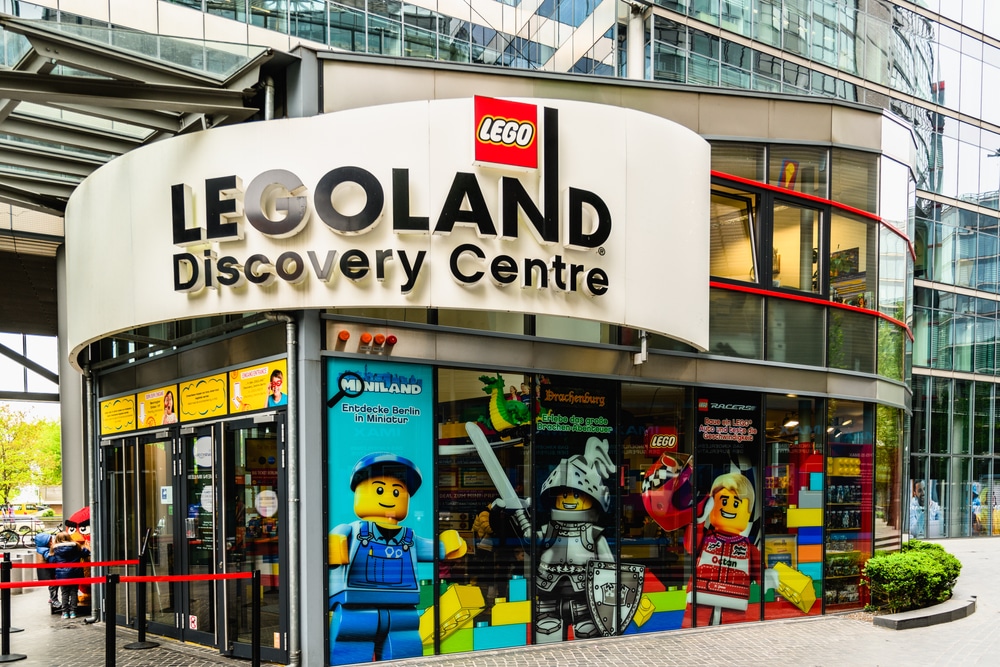
Highlights: Deutschlandmuseum, LEGOLAND Discovery Centre, Kulturforum
Potsdamer Platz was the first underground U-bahn station (metro station) to open in Berlin in 1902. During the Cold War, it became a ghost station as its position right on the border of East and West Berlin made it unusable. Today, the station is back in use, and the square itself is a bustling area that serves as a hub for art, shopping, and entertainment.
There are many attractions around Potsdamer Platz, including art galleries and museums. There’s no shortage of things to do, but the area is busy with both pedestrians and drivers, so don’t expect peace and quiet. There are some excellent high-end hotels in this area, but you can also find affordable alternatives.
Tiergarten for Natural Beauty
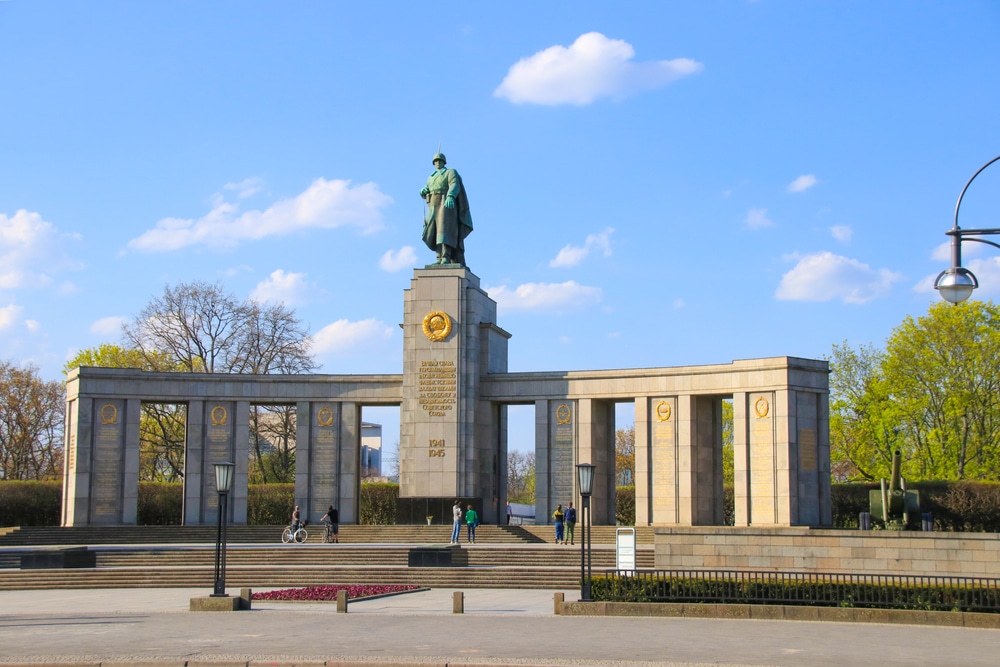
Highlights: Siegessäule Victory Column, Soviet War Memorial, Berlin Zoo
The leafy green park of Tiergarten is beloved by locals and tourists alike. It’s dotted with monuments, including the Siegessäule Victory Column and the Soviet War Memorial, and there’s also grand architecture by way of Schloss Bellevue and the Haus der Kulturen der Welt.
There is no accommodation in Tiergarten itself, so look out for hotels in nearby Charlottenburg and Potsdamer Platz if you want easy access. InterContinental, Hollywood Media, and Hotel Q are all good options.
Find Your Perfect Berlin Accommodation
Now you’re familiar with the key areas of Berlin; you can start the search for the perfect accommodation and plan your vacation to this vibrant European metropolis.
